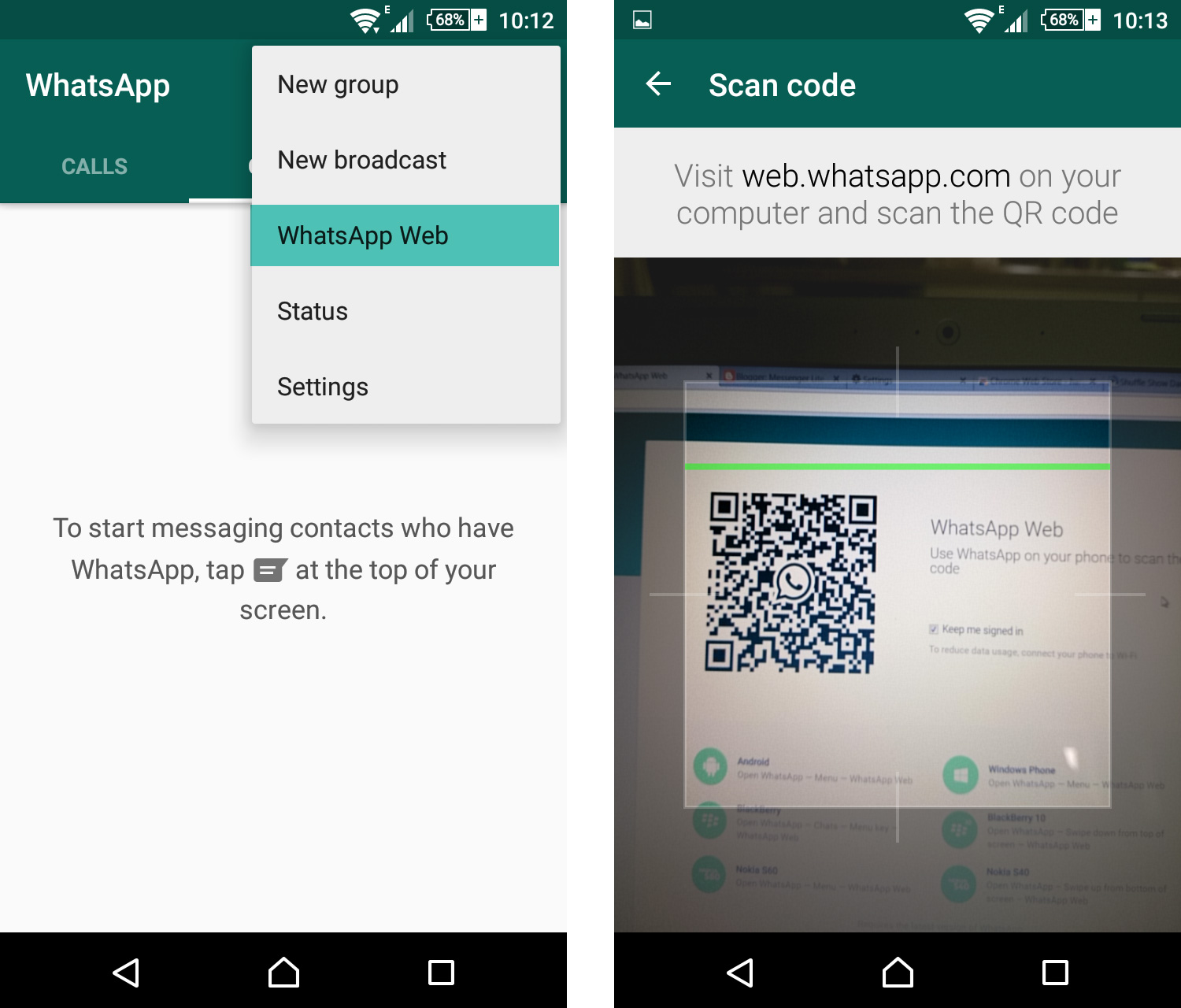Ditch Your Phone: The Ultimate Guide to Google Messages for Web
Tired of constantly picking up your phone to check messages? Wish you could streamline your communication and keep everything in one place on your computer? Google Messages for web offers a powerful solution, allowing you to send and receive SMS and RCS messages directly from your browser without needing your phone nearby. This comprehensive guide will walk you through everything you need to know about using Google Messages on the web, from initial setup to advanced tips and tricks.
Google Messages for web provides a convenient and efficient way to manage your text conversations on a larger screen. It syncs seamlessly with your Android phone, mirroring your messages and allowing you to type faster, access multimedia content more easily, and multitask without constantly switching between devices. No more squinting at a small screen or struggling to type with your thumbs – enjoy the comfort and productivity of a full keyboard and a spacious display.
The service evolved from Google's earlier attempts to integrate messaging into its ecosystem. Initially, Google offered Hangouts, which later transitioned to Google Chat. Recognizing the need for a dedicated platform for SMS and RCS messaging, Google developed the Messages app for Android and subsequently introduced the web interface. This allows users to consolidate their communication and access their messages from anywhere with an internet connection, even if their phone is turned off or out of reach.
The ability to access your text messages without your phone is crucial in various situations. Imagine your phone's battery dies, you've misplaced it, or you simply prefer the convenience of typing on a keyboard. Google Messages for web addresses these scenarios, providing a reliable backup and an enhanced messaging experience. It's particularly useful for professionals who need to manage communication efficiently throughout the workday.
One of the main challenges related to Google Messages for web is maintaining a stable connection between the web interface and your phone. This relies on your phone having an active internet connection and the Messages app running in the background. While generally reliable, occasional connection drops can occur, requiring you to rescan the QR code to re-establish the link. We'll delve deeper into troubleshooting these issues later in this guide.
To use Google Messages for web, you need a phone with the Google Messages app installed and configured as your default messaging application. On your computer, navigate to messages.google.com/web. On your phone, open the Messages app and tap the three-dot menu, then select "Device pairing." Scan the QR code displayed on your computer screen, and your messages will instantly appear in the web interface.
Benefits of Google Messages for web:
1. Enhanced Productivity: Manage conversations on a larger screen with a full keyboard, improving typing speed and efficiency.
2. Accessibility: Access messages even when your phone is unavailable, offering a reliable backup solution.
3. Seamless Syncing: Messages are synced in real-time between your phone and the web interface, ensuring consistency across devices.
Advantages and Disadvantages of Google Messages for Web
| Advantages | Disadvantages |
|---|---|
| Convenience | Requires active internet connection on both devices |
| Improved Typing Experience | Occasional connection drops |
| Accessibility Across Devices | Limited functionality compared to mobile app |
Best Practices:
1. Ensure both your phone and computer have a stable internet connection.
2. Keep the Messages app running in the background on your phone.
3. Log out of the web interface when not in use for security.
4. Regularly update the Messages app on your phone to access the latest features.
5. Clear browsing data occasionally to improve performance.
FAQ:
1. Can I use Google Messages for web with an iPhone? No, Google Messages for web is designed for Android devices.
2. Do I need to keep my phone connected to the internet? Yes, an active internet connection is required on both devices.
3. Can I make calls from Google Messages for web? While you can't make traditional phone calls, you can send and receive messages.
4. Is Google Messages for web secure? Yes, Google employs encryption to protect your messages.
5. What if I lose my phone? You can still access your messages through the web interface.
6. How do I log out of Google Messages for web? Click on the three-dot menu and select "Sign out."
7. Can I use Google Messages for web on multiple computers? Yes, you can pair your phone with multiple computers.
8. What happens if I close the browser tab? You'll need to rescan the QR code to reconnect.
Tips and Tricks: Use keyboard shortcuts for faster navigation. Enable notifications to stay updated. Customize notification settings to manage alerts effectively.
In conclusion, Google Messages for web transforms the way we text, offering a seamless and convenient messaging experience on your computer. Its ability to sync messages with your Android phone and provide access even without your phone nearby makes it a powerful tool for communication. While some minor challenges like connection stability exist, the benefits of increased productivity, accessibility, and a streamlined workflow far outweigh the drawbacks. By implementing the best practices and following the troubleshooting tips outlined in this guide, you can unlock the full potential of Google Messages for web and elevate your messaging game. Start using Google Messages for web today and experience the difference!
Unlock deep bass your ultimate guide to subwoofer and amp kits
Show your chiefs pride where to buy travis kelce clothing
Rethinking head protection the rise of the skull cap helmet with visor












